Think of a food court on the ground floor of a commercial building. At lunchtime, all the people who work in the offices upstairs are going to want to have lunch somewhere. And if you’re one of the businesses in the food court, you probably spend your nights dreaming of ways to outdo your neighbors to win those customers.
But is your biggest competition really the businesses around you? No matter what the competition, some days you’ll win, and some days you’ll lose. The worst-case scenario isn’t that your competitors could eat your lunch—it’s that all the workers in the building could bring their lunches, in which case you’d never have a chance at those customers at all.
This may seem obvious, but we’re always astonished how few attractions appreciate that their competition isn’t the other guy—it’s people deciding to remain on the couch at home. Museums within a few blocks of each other may have developed jealousies that make them feel every visitor who walks through the competition’s door is one less visitor they’re going to see. But consider:
- Most visitors are local, or reasonably so. It’s highly likely most will be in the area again, and they’ll have already seen your competitor.
- Most attraction visitors have an “open to buy” outlook for other similar attractions. A lot of enthusiasts want to ride every roller coaster. Theater fans want to see new shows. Museumgoers aren’t satisfied by seeing the same thing each and every week. If we can interest people in getting out twice as often but they only come to your place half the time, what have you lost?
- The density of attractions may be what brings people into the area in the first place. Broadway is a general destination for visitors to New York. Las Vegas—the concept—beats any one casino.
Yes, there are situations where you may be in direct competition. Season subscriptions or memberships sometimes come down to a choice. But in general, there’s more to gain from working with your neighbors in addition to working separately. Some thoughts:
- Joint or package ticket offers. This tactic can ensure that anyone who attends one attraction is incentivized to explore others. This strategy is particularly effective when there’s a geographical or thematic linkage.
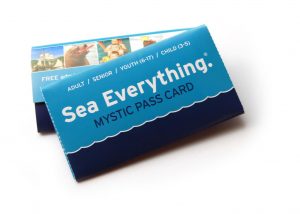
Now around a decade old, the Mystic Sea Everything Pass is a coopetition effort we implemented with Mystic Seaport and Mystic Aquarium, which are located about a mile apart in Mystic, Connecticut. It offers a dual-admission package as well as discounts from retailers around the Mystic area. - Combining forces could help you market to a wider geography. Marketing of attractions gets less profitable the further from ground zero you get, so who can afford to go too far afield? With contributions from your neighbors, you can move from an attraction to a mini destination worthy of an overnight trip—and make expanding your advertising radius more feasible.
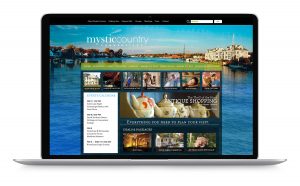
There’s sometimes a sweet spot between marketing solo (where budgets restrict reach) and broad destination initiatives (where the sheer number of participants restricts individual visibility). Mystic.org incorporated enough variety to make the destination appear vibrant while not overwhelming consumers with endless choices. - How about a video-loop tour? Is there a larger story to be told that involves you thematically or geographically, or in conjunction with other businesses (e.g., antique stores or wineries)? We’ve had success with cellphone tours that embellish area offerings while subtly introducing individual attractions.
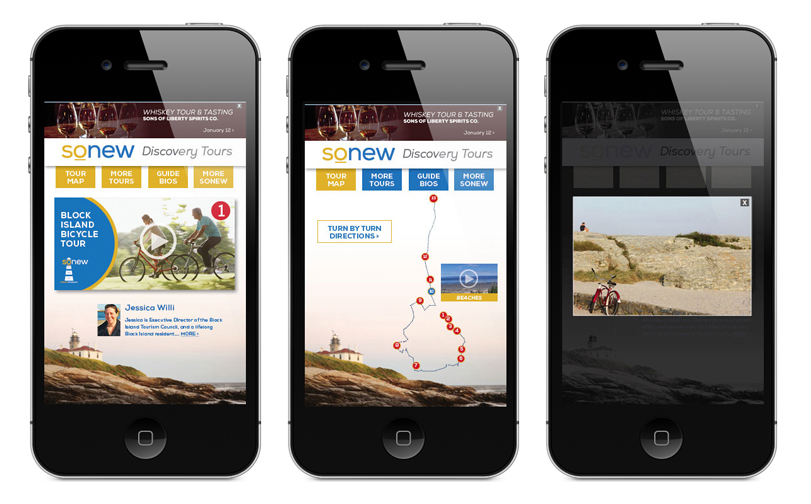
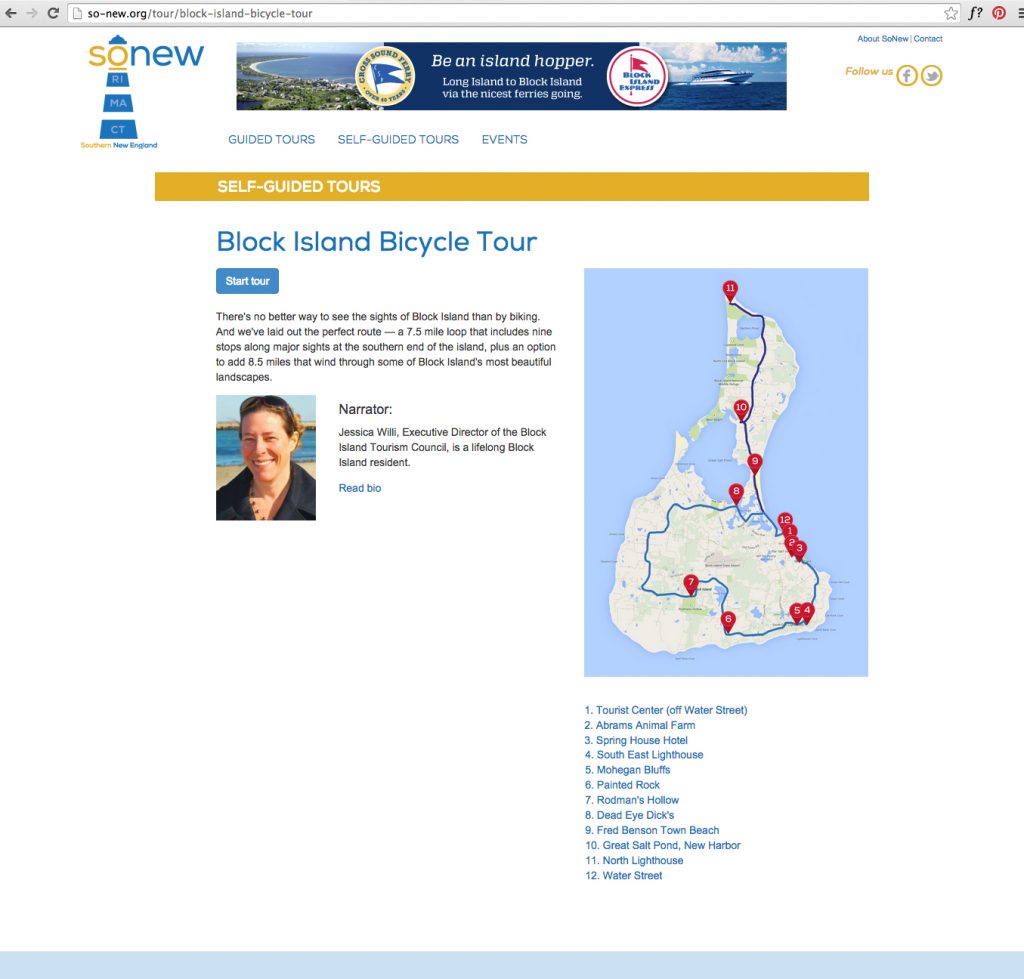
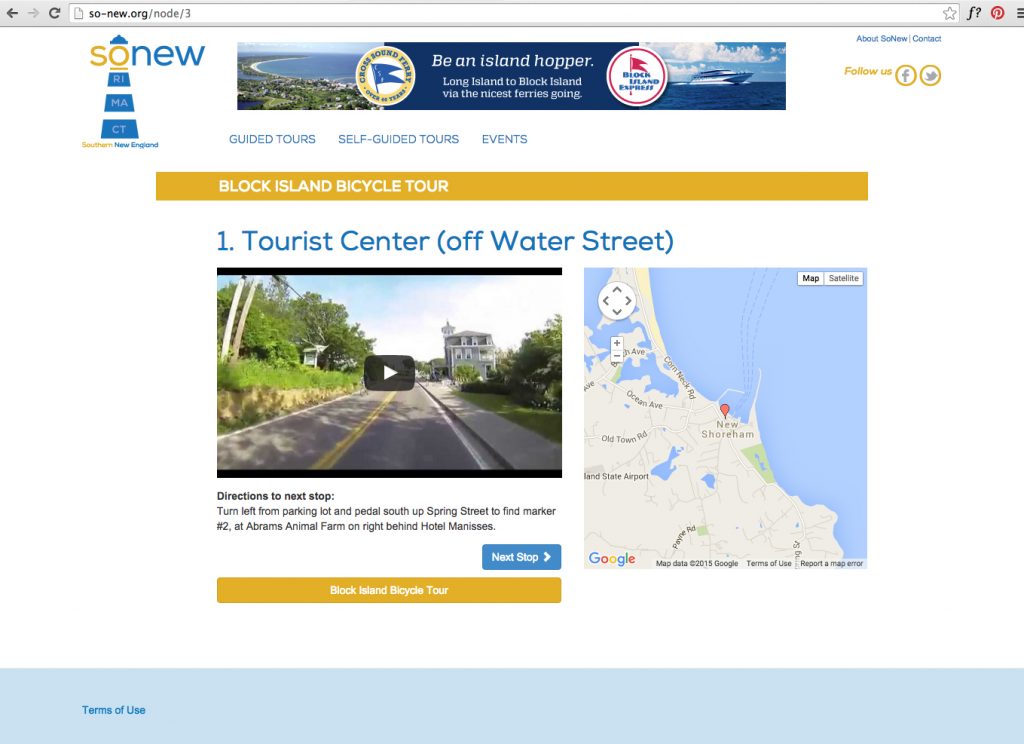
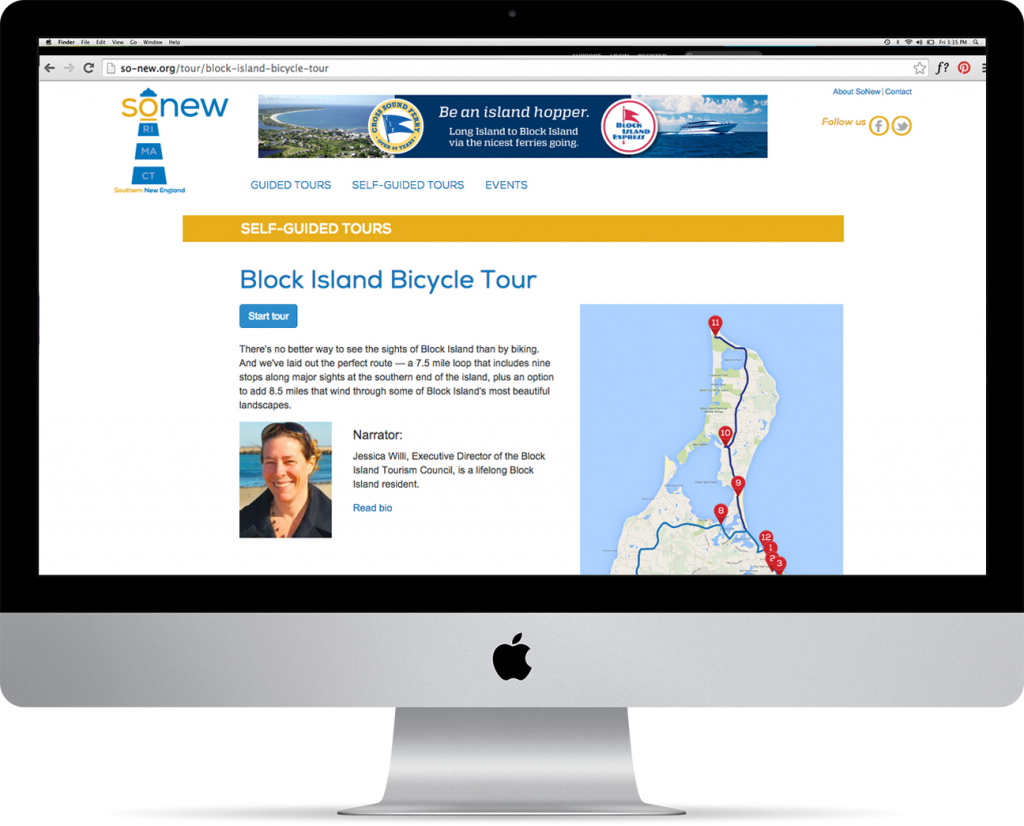
The Block Island Bicycle Tour familiarizes visitors with the island as a whole while subtly introducing them to attractions like lighthouses and petting zoos. It also does wonders for the island’s bike rental businesses.
Care for an informal chat? Everyone’s situation is unique, so the above advice may not apply to you—or you may need help applying it. If you’d care to reach out, it costs nothing to get to know us. Contact us: srosen@abccreative.com
Newsletter Signup
Get our Newsletter
Sign up to receive our industry trends newsletter:
